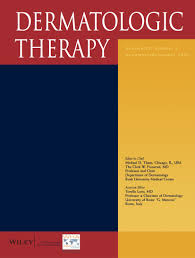Vitiligo pathogenesis is related to the macrophage migration inhibitory factor (MIF) protein. *is study aimed to assess the lesional MIF levels and gene polymorphisms (rs755622G>C) in patients with vitiligo. To assess the consequences of combining narrow-band ultraviolet B with oral minipulse prednisolone as opposed to a combination with oral methotrexate on MIF levels in vitiligo patients, 50 unstable vitiligo patients and 50 controls were randomly chosen for comparison. MIF levels in skin homogenates
and MIF (rs755622G>C) single nucleotide polymorphisms were assessed using the ELISA and the polymerase chain reaction restriction fragment length polymorphism (RFLP-PCR) techniques. We found signi=cantly higher lesional MIF levels, a higher frequency of both (GC) and (CC) genotypes, and a signi=cantly more frequent mutant allele (C) in patients than in controls. In addition, there was a signi=cantly lower frequency of the allele (C) among patients who exhibited moderate to marked
therapeutic improvement than among those who showed minimal to mild improvement. In conclusion, tissue MIF and gene polymorphisms were associated with vitiligo. In addition, oral corticosteroids, narrow-band ultraviolet B, methotrexate-targeted tissue MIF, and gene polymorphisms can improve unstable vitiligo.


